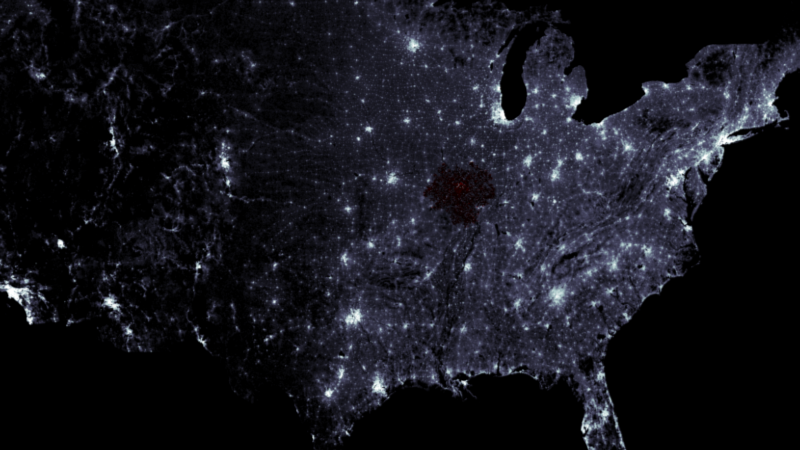
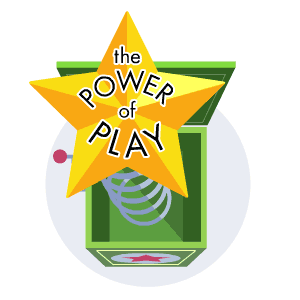
The best way to understand the world is to play with it. That’s why scientific models have been part of research since long before the field of science was even invented. Unfortunately, many of those models are locked away inside the brains and hard drives of the scientists who create them, but that’s changing. The Internet allows anyone to access hundreds of simulations involving physics, biology, chemistry, and more. Here are five of the best.

1. Conway’s Game of Life
British mathematician John Conway invented his Game of Life in 1970, distilling life, reproduction, and death into just four simple rules. It made him instantly famous, creating a whole new field of research called cellular automata, and has informed research in computer science, physics, biology, biochemistry, economics, mathematics, philosophy, and elsewhere. Play an online version here.
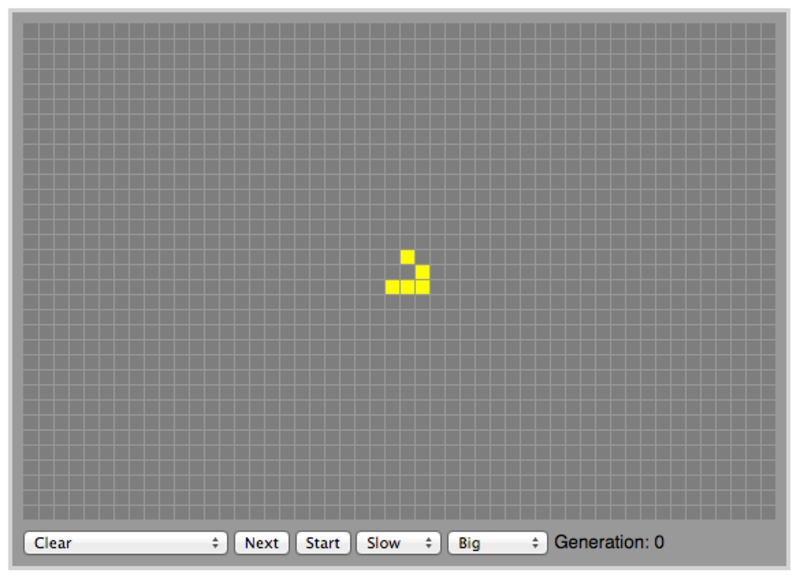

2. Time Catapult
The counterweight trebuchet is one of the simplest siege weapons around. Invented sometime around the 12th century, it uses simple gravitational principles and some clever engineering to hurl huge projectiles at enemy fortifications. This simulation, inspired by the epic XKCD comic Time, allows you to hurl boulders at castles made of sand, iron, wood, rubber, snow, and polystyrene under various gravitational conditions. Hours of fun. Play it online here.
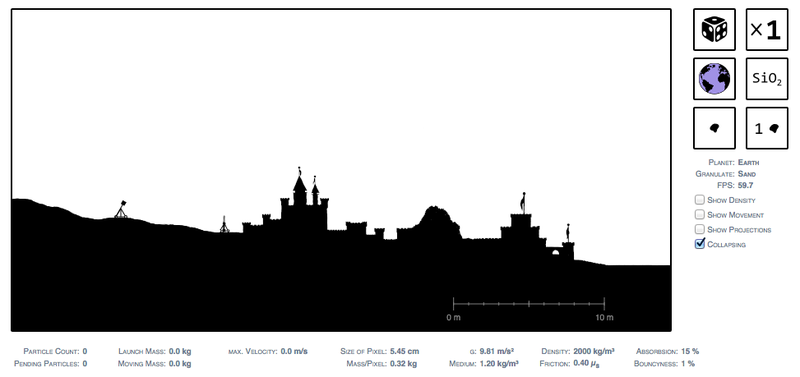

3. Mosh Pits
It’s pretty tough to describe the experience of being in a mosh pit to someone who’s never seen one, so this video is probably a good start if you’re baffled. Conceptually speaking, they’re essentially a way for people to work off aggression in a controlled, friendly environment where the risk of being seriously hurt is low. Distilling that into a computer simulation is difficult, but a team of physicists managed it by using flocking dynamics. You can create your own mosh pit using the simulation right here. Sadly, there’s no “wall of death” mode.
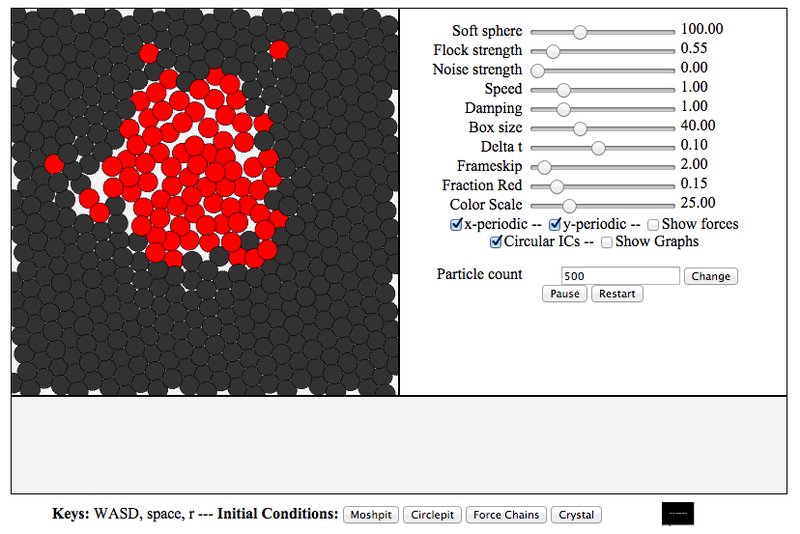

4. Zombie Apocalypse
What happens if a zombie bites someone in a small town in Arizona? Or Florida? Or Wisconsin? Find out, using epidemiological principles that model the spread of disease through a population and block-level data from the 2010 U.S. Census. You can even adjust for zombie speed and their kill-to-bite ratio. Model the end of civilization right here.


5. Orbital Dynamics
I bet most of you are too young to remember Encarta “’95*. But those of you who aren’t probably spent as many hours as I did playing with its built-in orbital dynamics simulator. The spirograph patterns that it drew were not just beautiful, but also fascinating. If you’ve had a stressful day, then put on some Brian Eno and imagine enormous balls of rock gliding silently through space. Or crash them into each other; your call. Try a slightly more advanced Flash-based recreation of the simulator here.
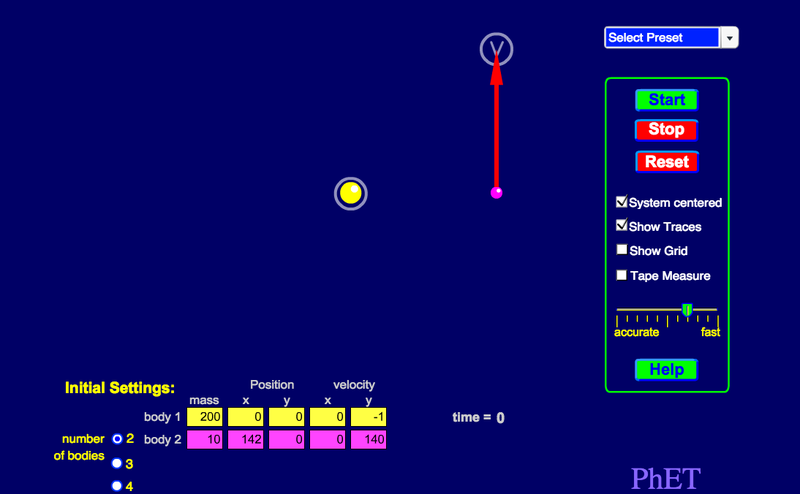

(*Sidenote: If you think that Wikipedia killed the leather-bound encyclopedia, you’re mistaken. In 1996, just three years after Encarta was introduced, Encyclopedia Britannica was already being forced to sell copies at below book value, thanks to Microsoft’s policy of bundling Encarta with copies of its new Windows 95 operating system. If anything, Wikipedia killed Encarta.)


How We Get To Next was a magazine that explored the future of science, technology, and culture from 2014 to 2019. This article is part of our The Power of Play section, which looks at how fun and leisure can change the world. Click the logo to read more.
